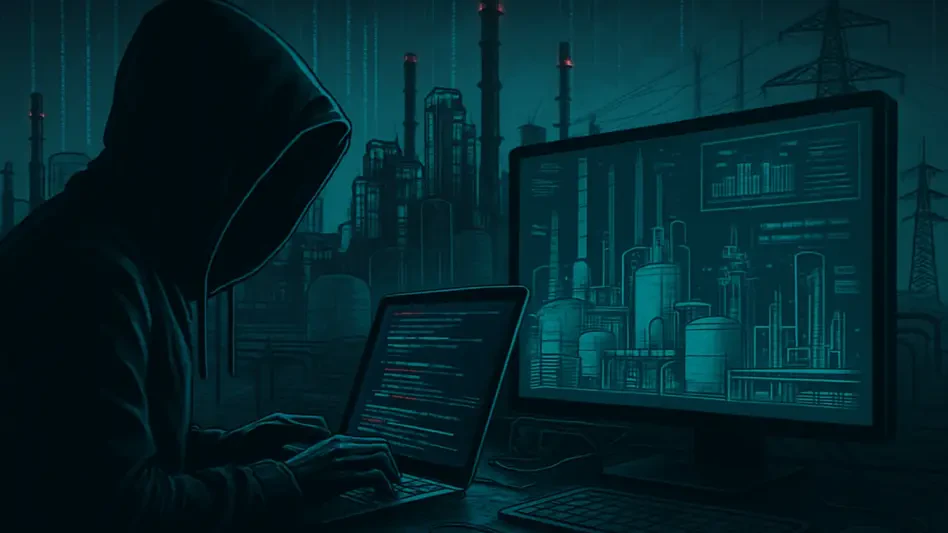In an era where cyber threats are ever-evolving, protecting critical infrastructure has become one of the most pressing challenges globally. Recently, a sophisticated cyber-espionage campaign has captured the attention of cybersecurity analysts worldwide. This campaign, attributed to the hacking group named Fire Ant, has targeted virtualization and networking infrastructure on an international scale. Fire Ant, believed to operate out of China, has been linked to high-profile incidents compromising VMware ESXi hypervisors. These hypervisors are essential software for running virtual machines across enterprise networks, making them prime targets for attacks aimed at disrupting or spying on crucial systems.
Fire Ant’s Advanced Tactics and Tools
Innovations in Cyber Espionage Techniques
Fire Ant has distinguished itself in the cyber-espionage landscape through its use of innovative and custom-built tools designed to maintain persistent access to networks while evading detection. This stealth capability stands in stark contrast to the typically broad-spectrum malware attacks, indicating a level of sophistication that suggests state sponsorship. By adeptly bypassing standard security measures such as endpoint detection and response systems, Fire Ant remains a step ahead of many cybersecurity defenses currently in place.
Notably, Fire Ant’s activities bear a striking resemblance to those of another well-known hacking group, UNC3886, reputedly state-sponsored. Singapore’s national security minister has accused UNC3886 of targeting the country’s critical infrastructure, inciting a flurry of denials from the Chinese embassy. This adds a geopolitical dimension to the cyber threat, emphasizing the potential for cyber-espionage campaigns to stoke international tensions. Analysts believe that the complexity and targeted nature of Fire Ant’s operations indeed align with state-sponsored activities, particularly given their focus on high-value and strategic targets that may yield significant intelligence returns.
Impacts on Global Critical Infrastructure
The implications of these cyber-espionage campaigns extend far beyond digital landscapes; they pose a direct risk to national and global infrastructure integrity. UNC3886 has previously managed to infiltrate critical systems such as Juniper Network routers and compromise Fortinet and VMware systems. These interventions primarily aimed at extracting valuable intelligence on defense and technology sectors, with a primary focus on the United States and Asia. This regional emphasis, while significant, does not preclude the threat from expanding its reach as technological interconnectivity continues to rise across the globe.
Yoav Mazor of Sygnia has highlighted that the infiltration efforts serve as a stark wake-up call about the vulnerabilities inherent in hypervisor-level intrusions. By targeting these fundamental layers of IT infrastructure, the Fire Ant group and others like it can disrupt operations or extract information pivotal to the functioning of societal frameworks. The incident underscores the vital concern across cybersecurity professionals: the need for robust defenses not only at the perimeter level but deeply integrated into every layer of digital ecosystems that underpin modern life.
The Response and Future Considerations
Proactive Defense Against Persistent Threats
Faced with the dynamic and relentless nature of these cyber threats, responses have become more proactive, involving not only forensic investigations but active measures to remove malicious actors from compromised systems. Sygnia has played a pivotal role in efforts to identify and evict these threats. By focusing on adaptive measures, intruders’ shifting entry points and tactics can be anticipated, thus mitigating their potential for harm. Such dynamic responses are crucial in dealing with actors that constantly develop new tools to evade detection and continue operations.
Moreover, amplifying global awareness about these sophisticated infiltration methods is crucial for fostering collaborative defenses. Cooperation between nations and shared intelligence on cyber threats can significantly enhance the cybersecurity posture worldwide. This is particularly relevant given that many of these attacks may involve geopolitical considerations, further complicating the context within which cyber threats develop and are addressed.
Ensuring Global Cybersecurity in the Years Ahead
In today’s digital age, where cyber threats are continually advancing, safeguarding critical infrastructure has become a global priority. A recent cyber-espionage operation has drawn the focus of cybersecurity professionals around the world. This campaign, ascribed to the hacking group known as Fire Ant, has launched attacks on virtualization and networking infrastructure internationally. Fire Ant is suspected to be based in China and has been implicated in several notable incidents involving the compromise of VMware ESXi hypervisors. These hypervisors play a crucial role in running virtual machines within enterprise networks. Due to their importance, they are ideal targets for hacks aiming to disrupt operations or conduct surveillance on vital systems. The increasing complexity and frequency of such attacks underscore the need for enhanced cybersecurity measures. Protecting essential systems from these sophisticated threats requires a proactive and dynamic approach, combining the latest technology with ongoing vigilance and international collaboration to counteract potential risks effectively.








